Among friends, in spaces of intimate and familiar exchange, I’ve been inclined to abandon proper grammar and spelling, leaving my sentences running and often times without a period. I’m so dOWN, I once text a friend, seconds after we made quick plans for me to visit later in the fall — my incomprehensible excitement was expressed by the sudden capitalization after d. The same friend once replied to an embarrassing photo I sent them with I’m fuxkin dying. The misplacement of x where the c should have been, and the absence of the g at the end felt sloppy, candid, as is. I imagined them perched in front of their own monitor (a cellphone, a laptop screen), typing. I imagined the slip of their fingers, moving too quickly, choked by laughter, or faltering and strained by the difficult process of converting feelings to text. I thought of how one can press x before c within a millisecond, and the measure by which an interaction might be urgent enough, and the mistake subtle enough, to override correction. A mechanical error from hand to eye that says more than what is stated.
Misspellings indicate presence and voice — a “human touch” — and say something about the embodied ways we communicate textually
Communication requires presence, self-presentation, cues beyond what is said, and learning to communicate well is a matter of mastering those cues — body language, breath, eye placement — that affect our meaning with or without our intention. The screen, of course, imposes a controlled distance between individuals, but privileging face-to-face conversations over those mediated by screen ignores the many ways we establish presence beyond physical proximity, through the use, or misuse, of text. The “human touch” — a phrase that is suggestive of something closer than what online interaction begets — gestures to the ways that human-ness is expressed through the screen. Hi is warmer and more familiar than hello, but hey borders on casual and unprofessional. This language sets the tone for the rest of the conversation, and characterizes a friendly voice. Hii, hiiii, and heyy communicate both different levels of enthusiasm, and different kinds of enthusiasm; the rules of grammar and syntax mean less than the language developed and understood within the window.
We rely on autocorrect as we once did spell check, but there is a difference between the two. Spell check brings the mistake to our attention: It scans, compares, signals, and verifies the error. Autocorrect makes the correction without our permission — without understanding the error. When “fucking” becomes “ducking,” the word sheds its intended meaning and function for something new and senseless. The modifier becomes modified, and what is meant to heighten a phrase to a certain degree of intensity (“fucking”) makes it a blunder instead. Each letter is a unit of communication, a symbolic material measuring carefully what we mean, what we do not mean, what tone we intend.
Typos caught in hindsight act as a kind of descriptive metadata, telling us something more than what’s stated, about how and in what conditions the statement was made. Sometimes the mistake is a slip of the fingers; sometimes it’s a product of the way the brain runs faster than the hand. Sometimes it’s the opposite, as if our hand runs faster than our minds, or answers to a different command. The words that are dropped, the phrases uncompleted, are telling. The phrase i ducking love u expresses a deeper infatuation than the words spelled correctly.
Though the options for spell check, shortcuts, and predictive functions remain in my phone, I’ve long since disabled autocorrect. I like the absence of it — how much control it leaves me to decide how to express and present myself, how much possibility there is for misspellings, how completely undone my messages can feel.
In her essay “How It Feels,” Jenny Zhang writes about the intensity, the nakedness and undone crudeness of Tracey Emin’s artwork through its use of misspellings and typos. Zhang points out Emin’s monoprint of a naked girl on her knees, under the phrase “retier softly” written in chicken scratch: There’s a sloppiness to the image, reflecting how little Emin cared of how she “processed her emotions before turning them into art.” Emin’s emotions are as unedited as the misspellings and typos present in her work, as messy as the notorious bed installation that lay bare her own depression. “I loved her self-absorption,” Zhang explains. “I found it so incredibly generous — to be just as ugly as anyone but to emphasize that ugliness over and over again, to let yourself be … and to take all the pummeling and the eye-rolling and the cruel remarks and the who cares?” For Zhang, who in this essay primarily talks about poetry, misspellings and typos unravel and reveal something uglier and perhaps more authentic than proper text.
Each letter is a unit of communication, a symbolic material measuring carefully what we mean, what we do not mean, what tone we intend
In his poem, “we suspekt each other uv nowing how to spell the word informashun,” bill bissett explains why his own work adapts traditional English orthography to accommodate the rhythms of speech and the way we talk. He writes:
th existence uv nuclear weapons b considred
a crime against internashunal pees ths made
sens to us until we faut abt th spelling in
th lettr thn yu in yr room n me in mine i
think i know why thr ar nuclear weapons
or is it th distance uv th weapons themselvs
that creates ths pressur i dont want to spell
correctly for me thats anothr tyranny for yu
its xciting to spll th way th words ar in th
dictionary bcoz yu dont know how so thats an
adenture for yu for me th adventures spelling
them how they sound or feel at th time to dew
[…]
problems n inhibishuns with xpressyun nd also
its for me too uniform thats only what i
feel
His resistance to conforming to proper grammar and spelling is political. Why are proper spelling and grammar considered the standards for quality of expression, he asks, when “90% uv th world dusint spell correctly” — as if grammatical proficiency were a marker of someone’s intelligence and worth? Screen-mediated communication makes obvious this bias. A good texter is aware of the rhythm of their sentences (when to stop and when to keep going), the pacing required with punctuation (or a lack thereof). They are willing to go beyond basic sentence formations to make their meaning and expression clearer to the recipient. In the same way that Emin’s misspellings and typos emphasize an unfiltering of her emotions, bissett writes how he talks and how he feels, resisting the “problems n inhibishuns with xpressyun” that are bound to language and a page.
The predictive function anticipates what we mean to say, as if according to your own preference, style, form — a unique imprint. What makes us ourselves presents itself in multiple minute details
I think of the deliberate ways my friends and I choose to express ourselves in text: There is a difference, for example, between “dumb” and “dum”: one is unintelligible, and the other is unintelligibly endearing. The misspelling of “in two secs” as “in two sex” becomes an inside joke, part of a private language; we express our excitement in all caps, sometimes ignoring the conventions of grammar because “OMG????????” conveys more than just “omg!” For Emin, misspellings and typos are signifiers of emotional undoing; bissett’s phonetic devices are tone and voice, adapted to his own expressions rather than the extraneous rules of grammar. In both cases, misspellings indicate presence and voice — a “human touch” — and say something about the embodied ways we communicate textually, whether in art, poetry, or SMS.
My experience with misspellings and typos is privileged. I am able to navigate language, for instance, without a disability; I am also able to navigate this world with English as my first language. The control that allows me to go without autocorrect, the ability to manipulate language according to my meaning, is a particular experience of language. There will always be those for whom certain spelling mistakes and grammatical errors are never deliberate, nor easy to associate with art or poetry. Autocorrect and spell check cannot hold the language of my parents, whose use of a hybrid of Tagalog and English is a reminder of being first generation. Autocorrect tries to grasp the birthday messages and occasional check-in’s — “hapi bday ipay” and “ask your mom if we gonna have facetime. miss ka na” — that my relatives from the Philippines leave on my Facebook inbox, always a reminder of the distance between us. Algorithms can ease the embarrassment and shame that comes with being always self-conscious about spelling, grammar, and the dread of making mistakes.
My partner and I have taken to sending each other text messages informed by the predictive function of our phones, allowing us to break away from the conventions of sentence formation, in ways that can seem truer to what’s being expressed. We are drawn to this function’s revealing nature — how the word options are a palette uniquely our own — and the unravelling feeling of relying solely on our own algorithms and data to say what we mean, however senseless it may be: “Hi Pam I’m sorry for being so cute but I’m not even gonna do anything with your hair until you see my face;” or “Hi Hudson I hope you’re having the best week ever thank you for being so cute and nice to me and you can make my day feel better with your hair today;” or “Goodnight I love this day and I hope it feels better now to be able to sleep and sleep well I love your sleep goodnight partner.” Each composition is fragmentary of all the messages we have ever written and sent.
Like autocorrect and spell check, the predictive function that runs in our chat logs is made up of algorithms that anticipate what we mean to say before we communicate it, as if you have fed and shaped your phone’s capabilities according to your own preference, style, form — a unique imprint. What makes us ourselves, then, presents itself in multiple minute details: all-lowercase, for instance, refined by adapting the vernaculars of the internet voice, age, and culture; run-on sentences lacking any sort of punctuation marks or inhibition, because urgency and exasperation have exhausted the limits of contained speech; in misspellings and typos, because the right words are not enough.
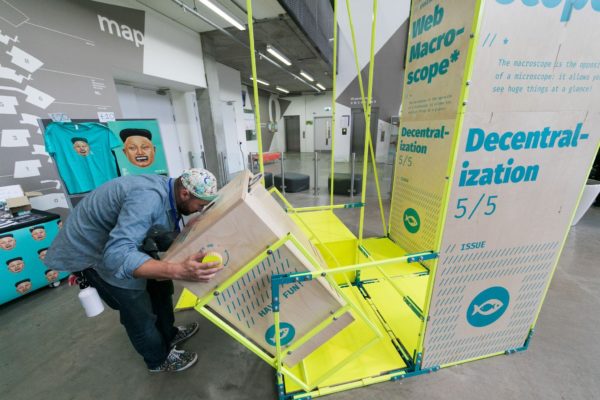

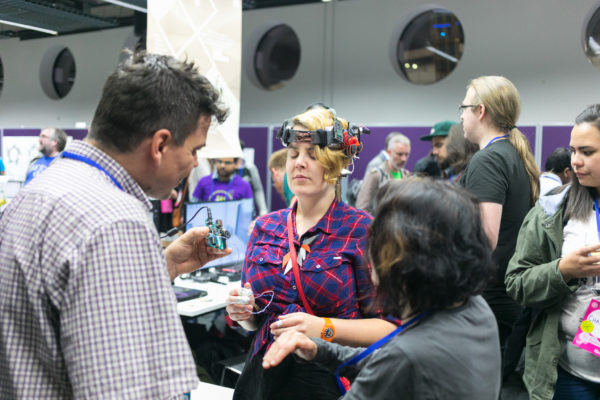
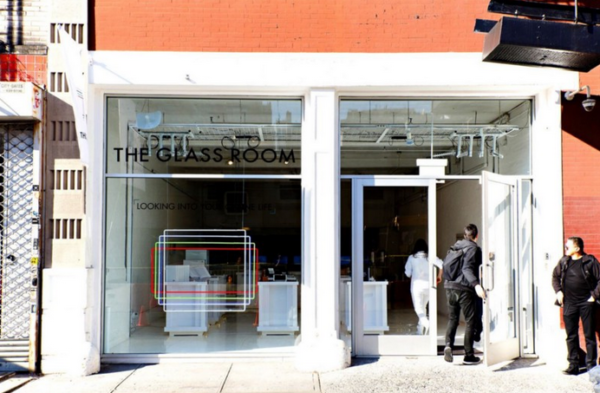


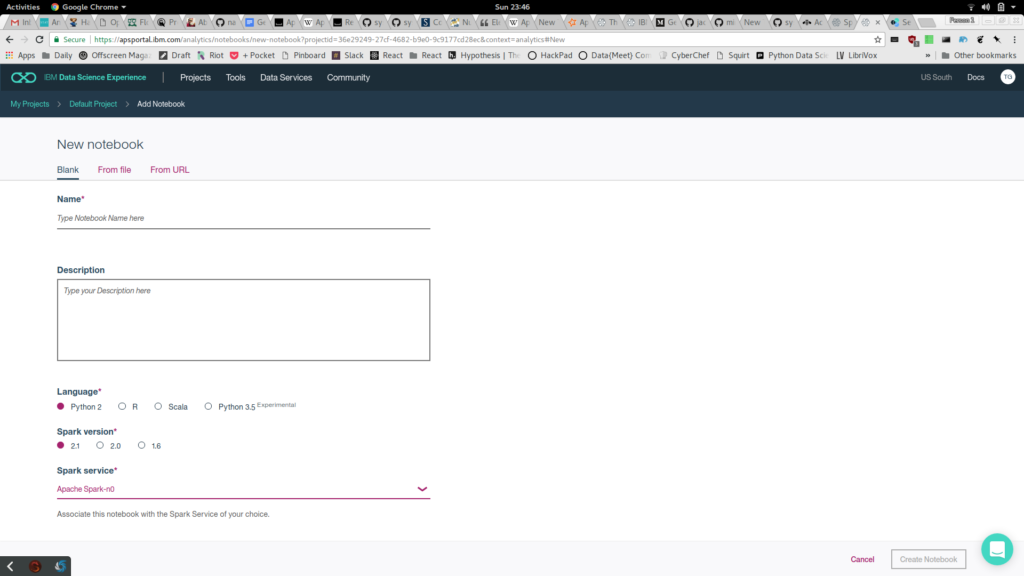
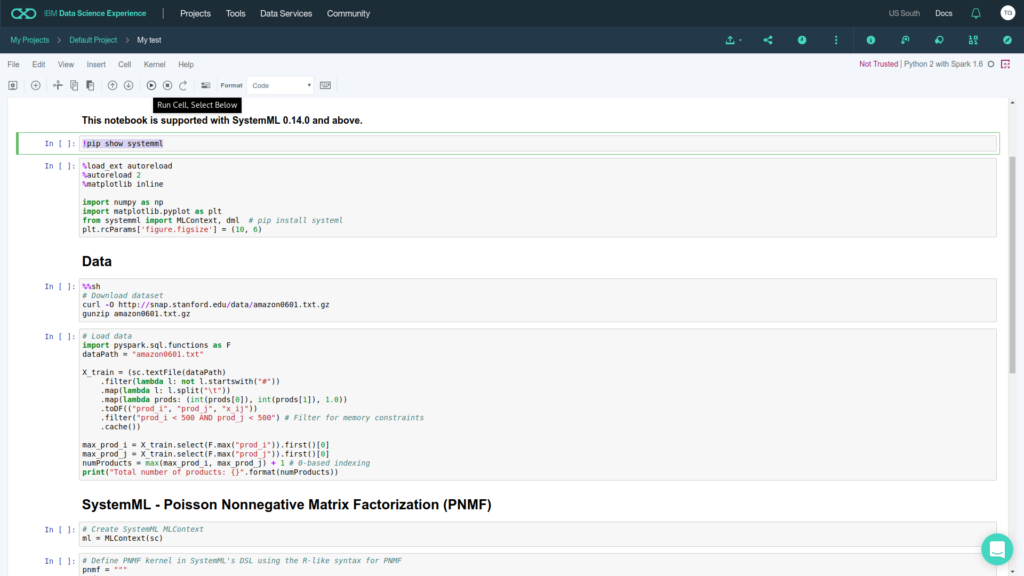


























































 A comfortable bike saddle will enable you to enjoy cycling, while an uncomfortable one could cause you to give up cycling in painful despair. This post walks you through the process of making sure you get the right saddle for your own specific cycling needs.
A comfortable bike saddle will enable you to enjoy cycling, while an uncomfortable one could cause you to give up cycling in painful despair. This post walks you through the process of making sure you get the right saddle for your own specific cycling needs.
